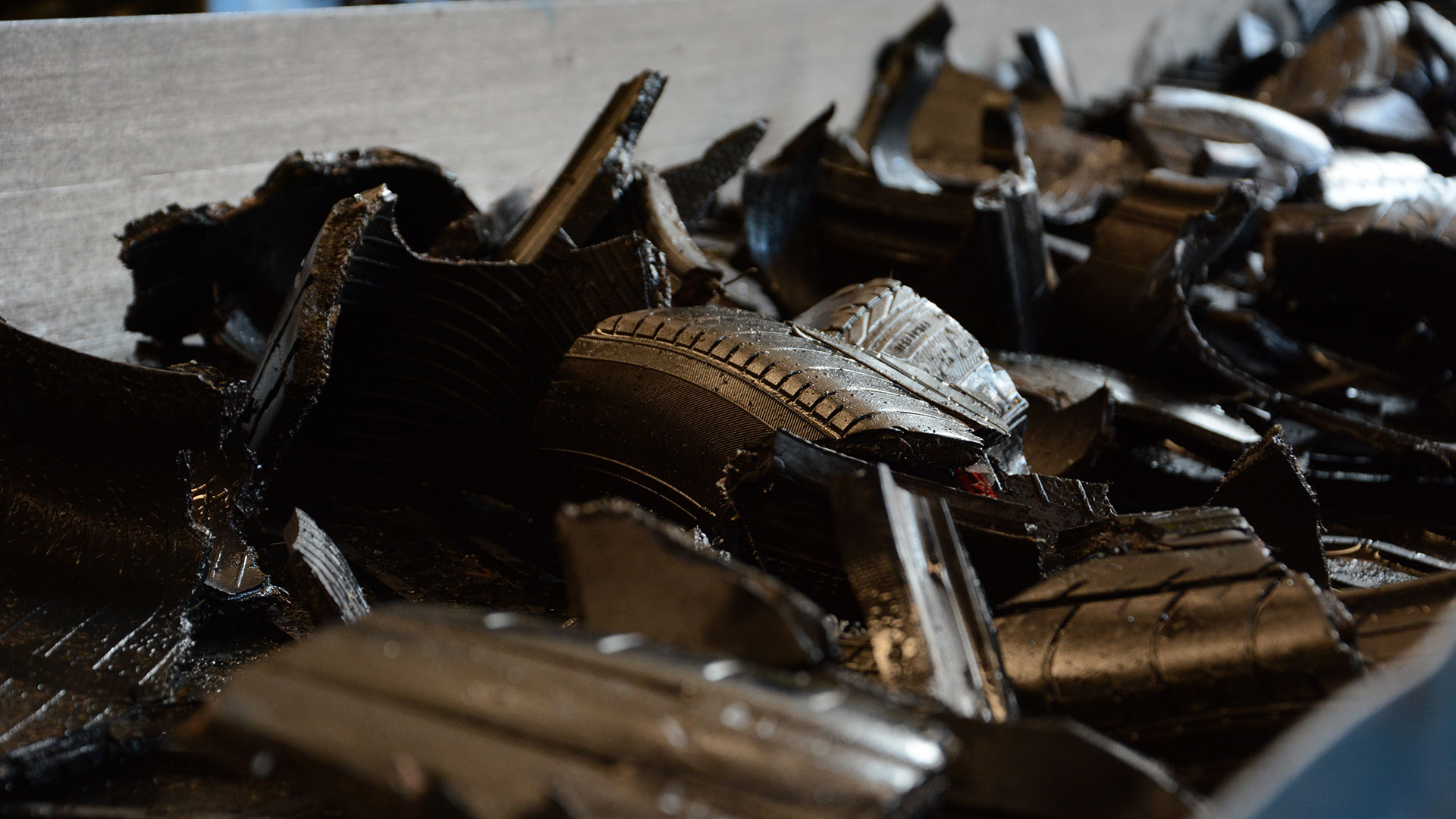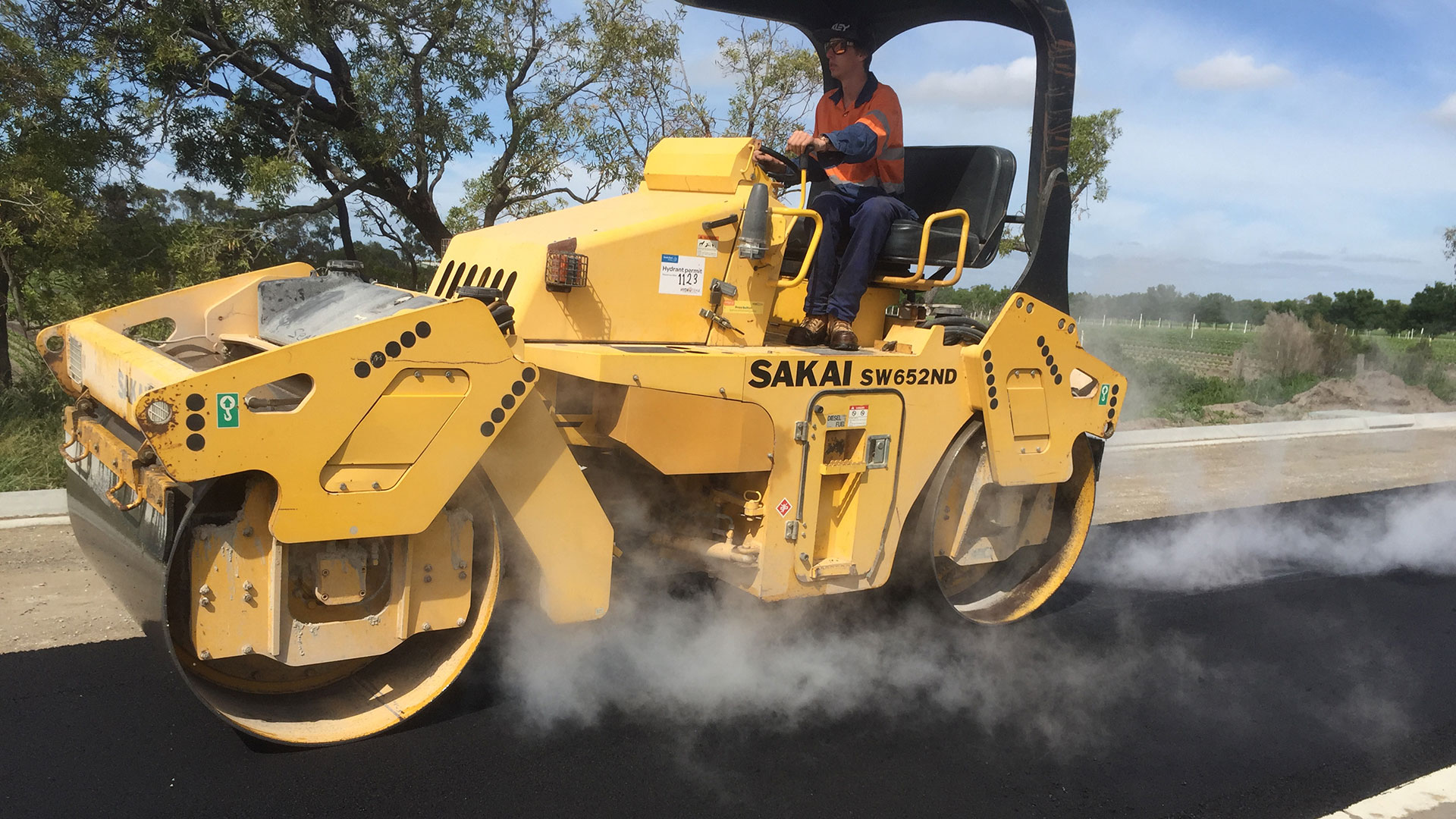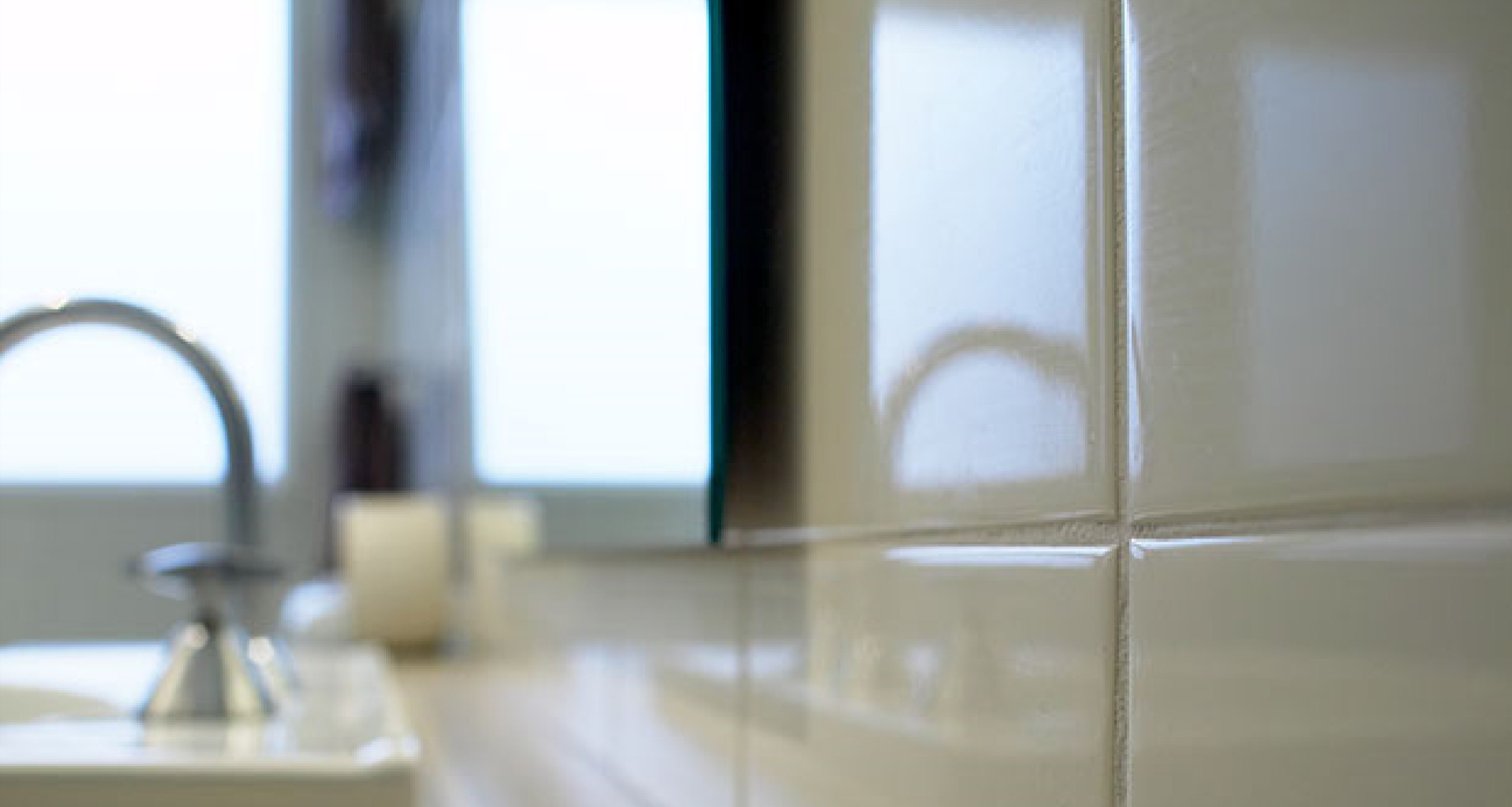Tyre Derived Fuel (TDF)
Tyre derived fuel provides an alternative energy resource to replace fossil fuels such as gas, coal or oil in industrial applications such as cement kilns, electricity generation or industrial process heat. Over the years, Tyrecycle has successfully produced TDF as an alternate fuel for Domestic and International use. TDF supports the shift towards renewable energy technologies by offering an alternative to fossil fuels.



